SIZ EDUCATION | Basis and Types of Artificial Intelligence | 20% Beneficiary to @siz-official
Greetings and Hello Everyone!
Hope y’all are doing fantastic and are safe from the pandemic. As promised before in the last post, today I bring to you the basis and types of Artificial Intelligence (AI).
The topics that will be discussed in this post will be:
• What is AI-based on?
• What are the two types of AI?
• Different types of ANI
So, let’s just jump into it!
BASIS OF ARTIFICIAL INTELLIGENCE:
Before we get into the basis of AI, first we’ve to discuss the basis of a human body, or what are the two fundamentals things that constitute a human being?
• Brain/ Nervous System – in short, thinking and analyzing problems with decisions, giving orders.
• Arms/ Hands/ Legs/ Feet/ – in short, executing parts of the body/ acting/ also giving feedback upward to the brain.
Hence, this arises to our two fundamentals categories on which AI relies:
1. Cognitive Solutions:
This type of solution corresponds to Human thinking (eg: Human brain)
2. Robotic Solutions:
This type of solution corresponds to Human acting (eg: physical working Human body parts)

TYPES OF ARTIFICIAL INTELLIGENCE:
Though machines can produce a way better and more accurate outcome, humans are still way more intelligent and capable than AI, therefore the existing AI solutions (cognitive + robotic) are rather called Artificial Narrow Intelligence (ANI) or Weak AI.
• Artificial Narrow Intelligence:
It is the specialized solution(s) focusing on narrow areas or perspectives/ focusing on a specific subject. All the currently existing and properly functioning AIs are a sub-division of this.
We also have another type like this, which is Artificial General Intelligence (AGI) or Strong/True AI.
• Artificial General Intelligence:
It is a possible future AI solution that still doesn’t exist yet. It is a concept/vision, not a reality yet.

MOST RELEVANT ARTIFICIAL NARROW INTELLIGENCE TECHNOLOGIES:
There are 6 relevant types of AI (or currently existing AI, which is ANI), which are shown and are described in-depth below:

1. PHYSICAL ROBOTS:
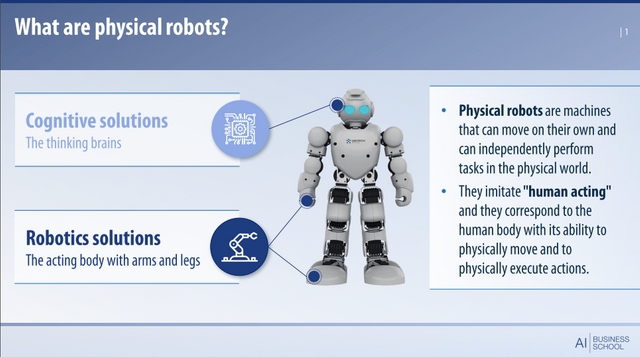
Source
There are two types of robots:
• Humanoid: They act like humans. They’re used to relieve humans from difficult and stressful tasks, can be used in emergencies and as combat robots.
• Android: They exactly look like humans and act like them too. Female Androids are also known as Gynoids. They’re used for daily uses, such as babysitters, guardians, caretakers, etc.

2. SOFTWARE ROBOTS:
These are virtual robots, that partially replace or augment humans. They’re not physical machines but intelligent computer programs. They represent a whole new generation of software that helps to automate typical daily work. One of the most important categories of Software Robots is Robotics Process Automation (RPA).

3. SPEECH RECOGNITION AND PROCESSING:
It is a new interaction model between humans and computers which means, when machine understands what we say, whether spoken or written and then even can respond accordingly. When we speak, the microphone is used to record our voice, then it is analyzed by using Natural Language Processing (NLP). NLP decodes the sounds recorded by a microphone and identifies the words, then the words can be converted into text.

4. IMAGE AND FACE RECOGNITION, PROCESSING, AND COMPUTER VISION:
It captures an image of the object and estimates things like the distance between them, and allows to capture of different patterns and detailed structures. The machine responds to what has been captured, seen, recognized.
By face recognition, individual people can be identified, based on their facial symmetries. Utilizing this, the camera can also identify the mood of the customer based on facial expressions and body language.

5. MACHINE LEARNING:
It depends upon the principle:
See, Observe, Learn, Implement, Follow
It means to allow machines to learn independently and become independent of humans and wiser themselves in a dynamic way, without having to code all the intelligence upfront during the programming process. The machine evaluates data, recognizes patterns, and learns from it again and again, and iteratively refines its skills. The machine learns from data that can be arises from numbers, pictures, and sounds. Machine Learning operates with algorithms.
ML can be distinguished into 3 main categories, which are as followed:

6. DEEP LEARNING:
• APPLICATIONS:
- Used in many other cognitive solutions such as Speech Recognition and computer vision, autonomous vehicles, medical applications, agricultural applications, and also Physical Robots.
- They can also compose music and literature on their own, and even create artistic paintings.

So, that’s it for the AI discussion, up next, I’ll discuss Data Science in-depth, hopefully soon, so stay tuned for that. Until next time, and also, special mention to these people for providing us computer geeks a platform to share our knowledge with others.
@cryptokraze
@siz-official
@vvarishayy
@arie.steem
@suboohi
Ciao!

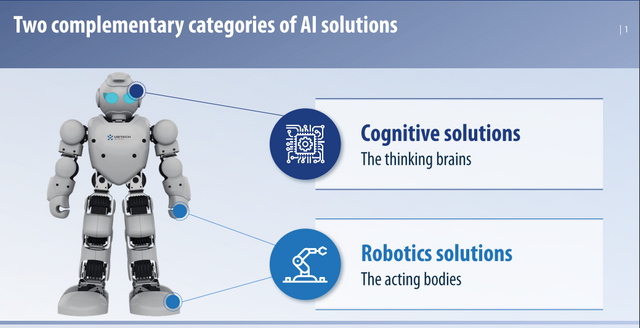
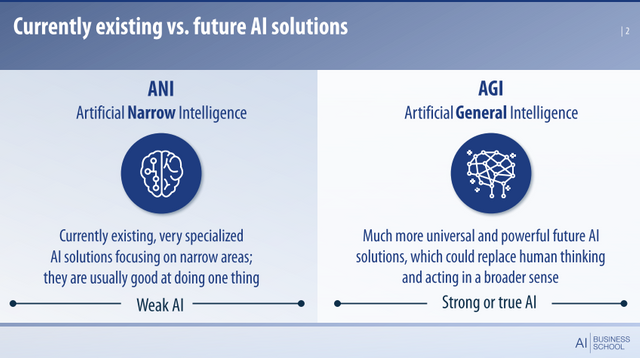
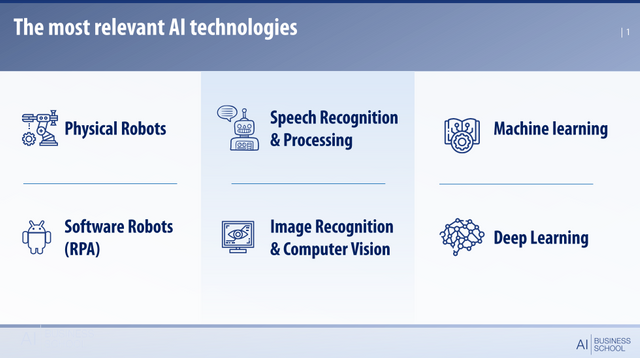
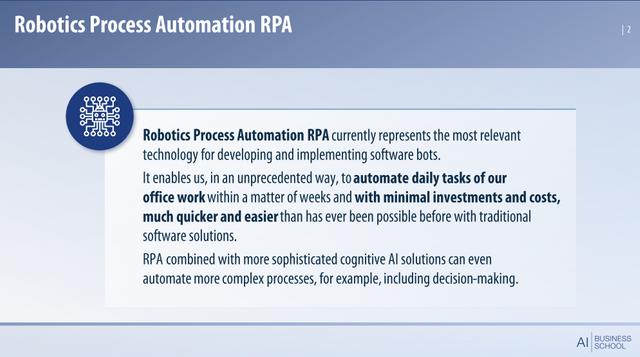
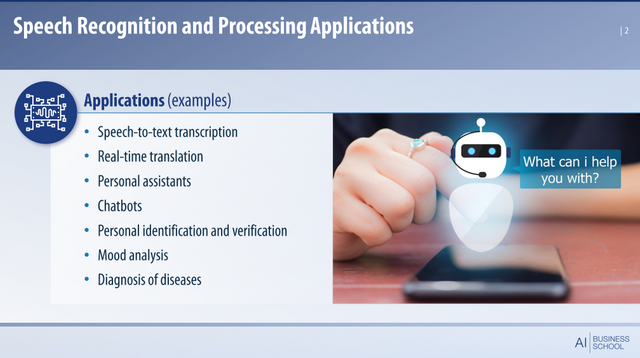
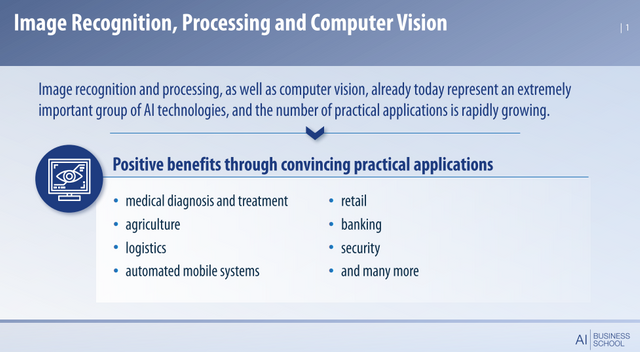

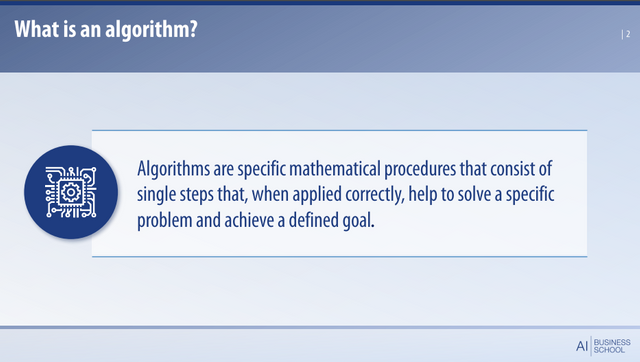
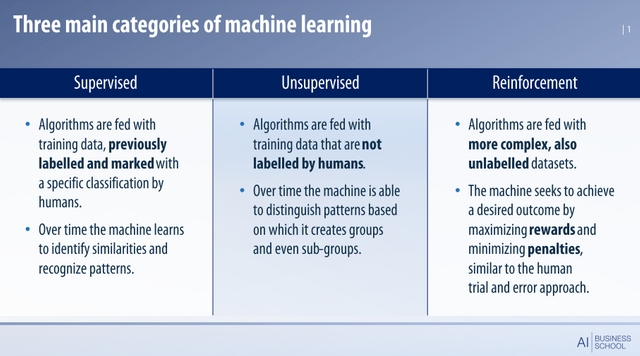
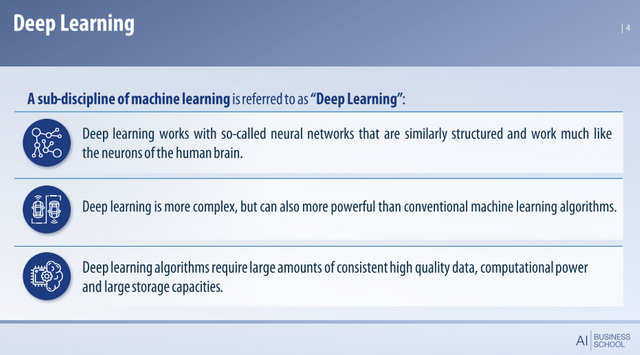
Nice post.
You make a very informative post. But I advise you please make justify your text because then your post is very amazing and attractive to see.
Regards, Faran Nabeel
You can delegate your SP to @siz-official and take benefit of our Delegation Offer getting up to 200 % Curation rewards
501002003004005001000200030004000500010000
Okay, noted! Thankyou!
Amazing content and worth the read.
Thankyou so much! 💖
very informative and detailed post, thank you for this great content!
You're welcomeeee. 🥺